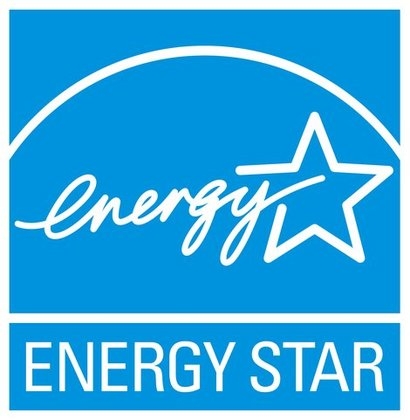
Key Federal energy efficiency programs under threat from proposed cuts include:
Advanced Manufacturing Office
With a goal of spurring innovation in US manufacturing, AMO works with industry partners, small businesses, universities, and other stakeholders to develop emerging technologies, including improved efficiency, with the potential to strengthen US competitiveness in the manufacturing sector and create high-quality US manufacturing jobs.
Building Technologies Office
Residential and commercial buildings represent more than 40 percent of US annual energy consumption, which equates to a national energy bill of more than $400 billion. BTO leads a network of national laboratory, university, small business and industry partners to develop and deploy innovative, cost-effective energy saving solutions for US buildings, including helping to develop model building energy codes and appliance standards.
Vehicle Technologies Office
VTO supports research, development and deployment of efficient and sustainable transportation technologies that will reduce US dependence on petroleum by improving energy efficiency and fuel economy. These technologies include advanced batteries and electric drive systems, lightweight materials, advanced combustion engines, alternative fuels, as well as energy efficient mobility systems.
Federal Energy Management Programme
The US government is the single largest energy consumer in the country with more 360,000 buildings and 600,000 vehicles. FEMP helps federal agencies improve their efficiency and reduce energy costs by identifying cost-effective solutions, facilitating public-private partnerships and identifying government best practices.
State Energy Program
SEP helps states maximise the benefits of energy efficiency and renewable energy by serving as a resource for technical assistance, technology deployment, strategic partnerships, state energy plans, and financial assistance, among other resources. SEP also helps states develop energy emergency plans in preparation for natural disasters to strengthen resilience and reliability. Its major goals include increasing American energy efficiency, reducing energy costs, improving reliability, developing alternative energy resources, promoting economic growth, and decreasing oil imports.
Weatherization Assistance Program
WAP offers grant-based assistance to low-income families to improve the energy efficiency of their homes - helping families in need save money on their energy bills while also improving the health and safety of the home. Since its start in 1976, WAP has weatherized over 7.4 million homes; helping millions of families reduce their energy bills.
ENERGY STAR
ENERGY STAR is a model for public-private partnerships around the world with more than 16,000 partner companies and organizations. It covers a broad range of sectors – appliances, electronics, residential homes, commercial buildings, manufacturing plants – and is highly cost-effective: ENERGY STAR costs approximately $42 million annually but delivered $34 billion in savings in 2015 alone.
Research and Development:
National Laboratories
DOE’s national labs have been among the leading scientific institutions in the world since their founding more than sixty years ago, playing a key role in making the US a global leader in innovation, scientific advancement and cutting-edge technology, including in energy efficiency.
ARPA-E
ARPA-E supports high-impact, potentially transformational energy technologies, including for efficiency, that are too early for private-sector investment. After surviving a rigorous selection process, ARPA-E awardees develop new ways to generate, store, and use energy – yielding big results from a limited amount of funding.
“This proposal would take an axe to innovation in our energy sector, cutting critical research funds and energy efficiency investments that have a proven track record of reducing energy costs for consumers and businesses” said Jason Hartke. “We look forward to working with Republicans and Democrats in Congress to fight for these programs in the coming months. ”
Mr Hartke added that there is no room for complacency, because this is an existential threat to the backbone of energy efficiency and all of its many economic and environmental benefits. Even if the endgame for the administration is more modest cuts negotiated with Congress, that is still a major threat. These programs are among the smartest investments the federal government makes, and they should be made stronger, not weaker."
For additional information:

